Muay Thai is a unique martial art with an 8-point striking system, incorporating punches, elbows, knees, kicks, and clinch techniques. It blends ancient martial arts with modern rules, featuring traditional rituals and deep cultural roots. This versatile martial art is effective for self-defense, fitness, and widely practiced in combat sports.
Muay Thai, or “Thai Boxing,” evolved from traditional Muay Boran into a modern combat sport in the early 20th century. Influenced by British boxing, it introduced codified rules, gloves, and the boxing ring. Known as the “Art of 8 Limbs,” it features punches, kicks, elbows, and knees, along with clinching, sweeps, and throws. Unique traditional elements like Wai Kru Ram Muay (pre-fight dance), Mongkon (headgear), and Sarama music set it apart from other striking sports, blending rich cultural heritage with intense physical competition.
Muay Thai History
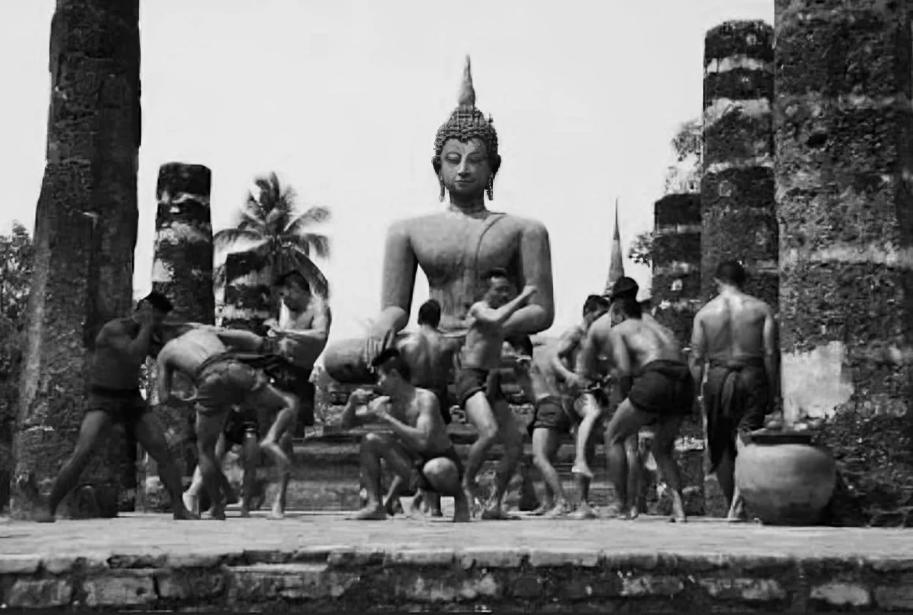
Muay Thai’s origins trace back to Thailand’s Sukhothai dynasty (13th century) when the Thai army adopted armed and unarmed combat for defense. Over time, it evolved into Muay Boran and eventually Muay Thai. Wars with neighboring kingdoms ingrained Muay Thai into Siamese culture. The legendary Nai Khanom Tom, who defeated nine Burmese fighters during Siam’s siege, symbolizes its heritage and is honored annually on March 17th, Muay Thai Day. During the Rattanakosin Kingdom (18th–20th century), Muay Thai became Thailand’s national sport, formalized with rules and regulations, blending cultural pride with athletic tradition.
Modern Muay Thai
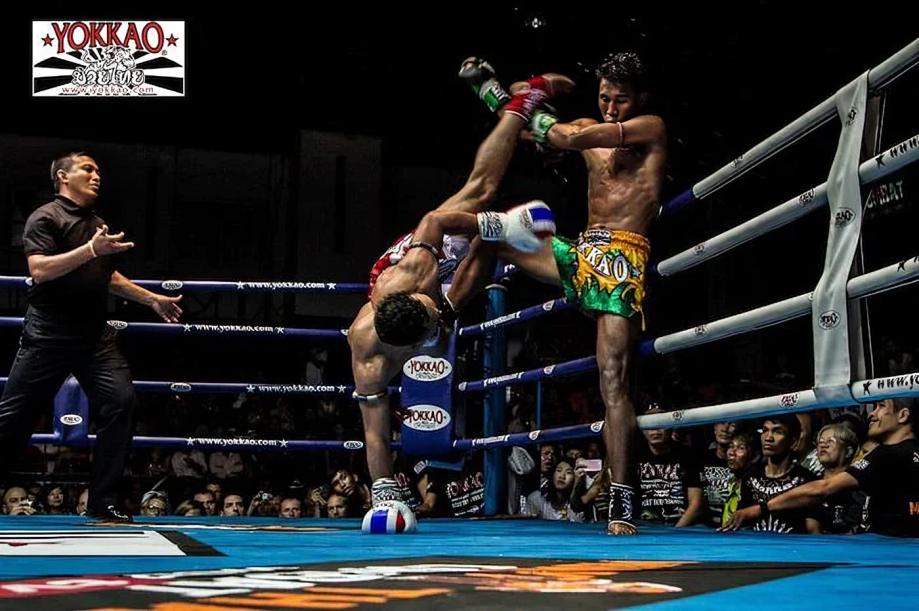
Muay Thai has evolved since World War I into a globally celebrated combat sport. Modern Muay Thai incorporates traditional boxing elements such as padded gloves, time-limited rounds, and a defined rule set within a ring. Derived from Muay Boran, an ancient warfare art, it excludes lethal techniques like strikes to joints or the back of the head. Fighters utilize punches, kicks, elbows, knees, clinching, sweeps, and throws, making it a versatile striking discipline. Lumpinee and Rajadamnern stadiums in Bangkok are prestigious venues, attracting fighters worldwide aiming to showcase their skills in the sport’s most revered arenas.
Muay Thai Techniques
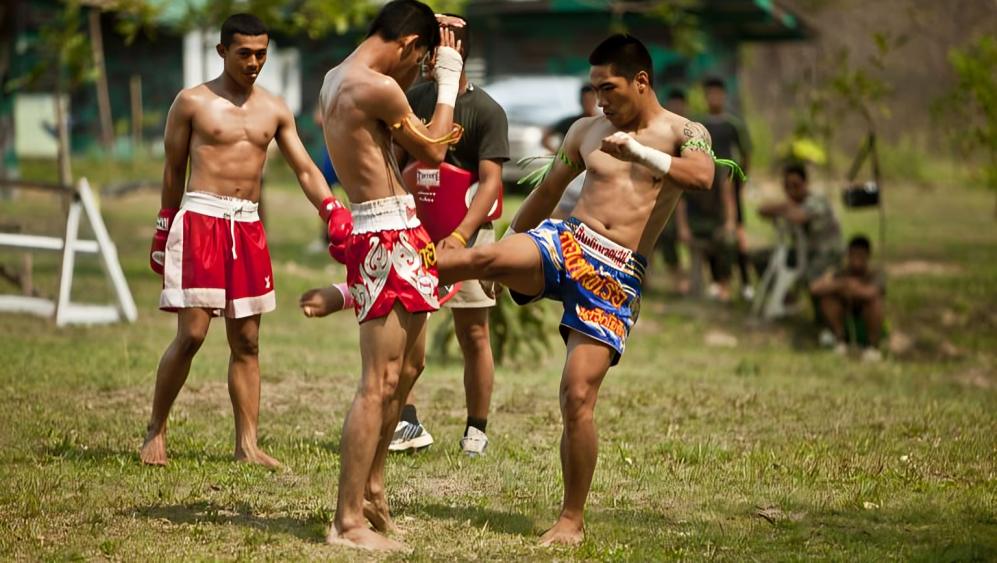
Muay Thai techniques are categorized into attack, defense, and counter-strategies, requiring repeated practice to develop muscle memory. Training starts with mastering the basic stance: upright body, chin tucked, hands guarding the head, and feet shoulder-width apart. Right-handers lead with the left foot, while left-handers (Southpaws) reverse the position. This stance ensures balance and readiness for action.
Attacking techniques include punches, elbows, knees, kicks, push kicks, and clinches, while defense involves blocks, lean backs, deflections, leg catches, and dodges. Fighters combine these into combos like the jab-cross-low kick, blending variations to execute effective strategies.
Here Is A Look At The Various Attacking Technique And Variations:
Punch
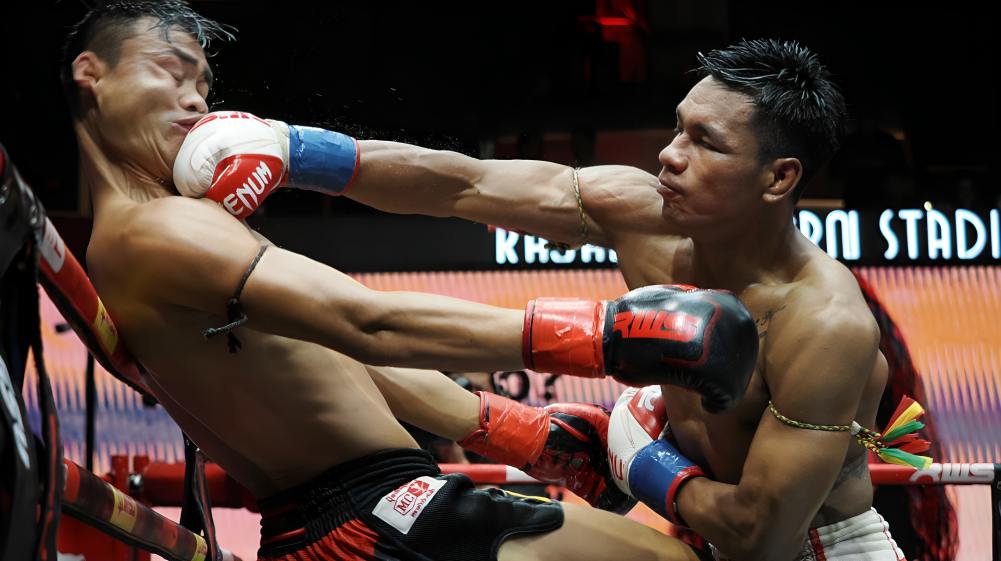
Punches are fundamental in Muay Thai, with key techniques including the jab (straight lead punch), cross (straight rear punch), uppercut, hook, overhead punch, and spinning back fist. Effective punching power stems from speed and coordinated body mechanics, involving weight transfer and hip and shoulder rotation to maximize impact.
Elbow
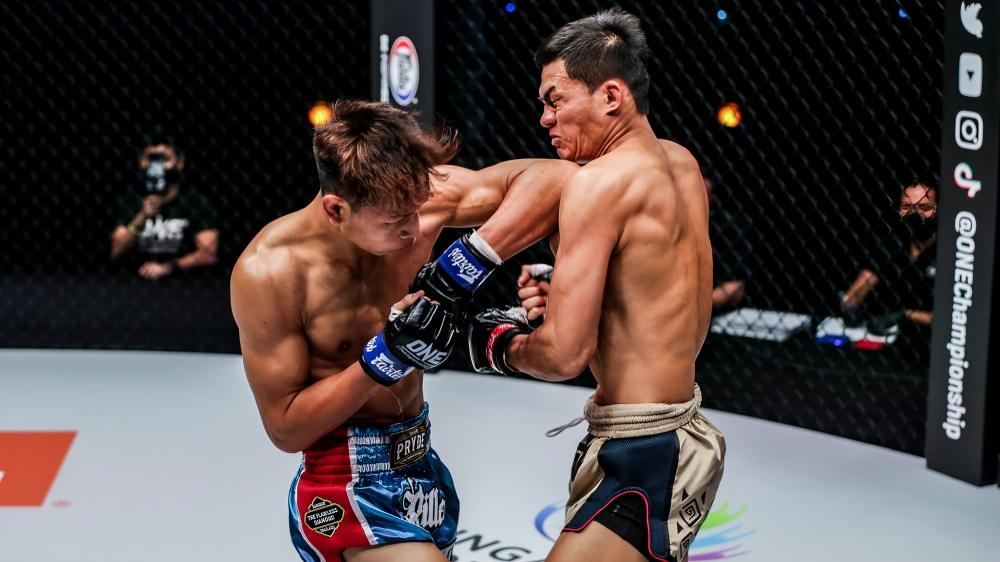
Elbows are powerful weapons in Muay Thai, known for their ability to cause knockouts or fight-stopping cuts. Key techniques include the sideways elbow to the head, downward elbow, reverse elbow to the chin, flying downward elbow, and spinning back elbow. Precision and execution make them highly effective in combat.
Kick
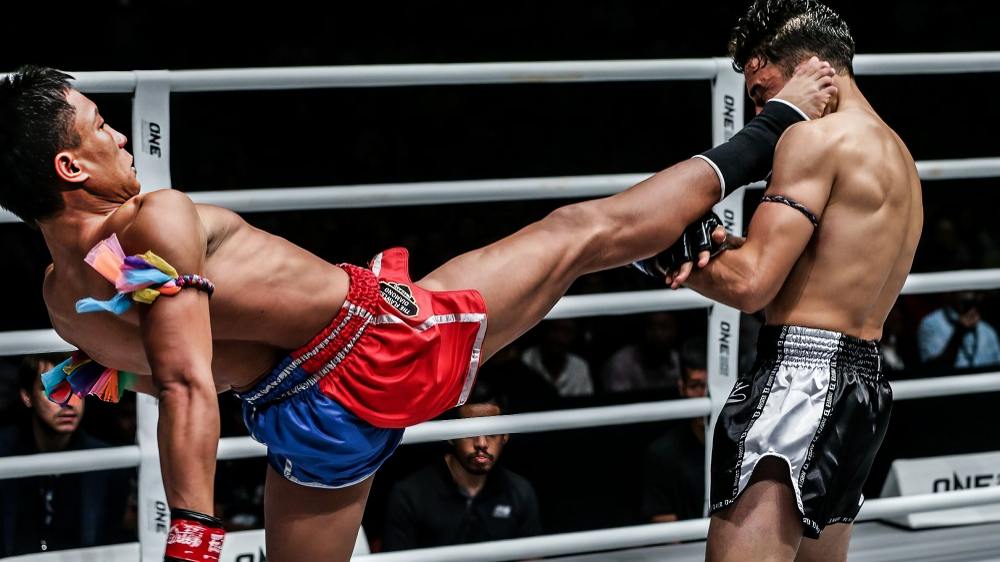
Muay Thai kicks, executed using the shins, are devastating due to their power and precision. Generated by hip rotation and backward arm swing, kicks target the legs (low kicks), body, arms, back, or head. Variations include the roundhouse kick, jumping kick, spinning back kick, axe kick (heel strike), and Saenchai’s iconic cartwheel kick.
Knee
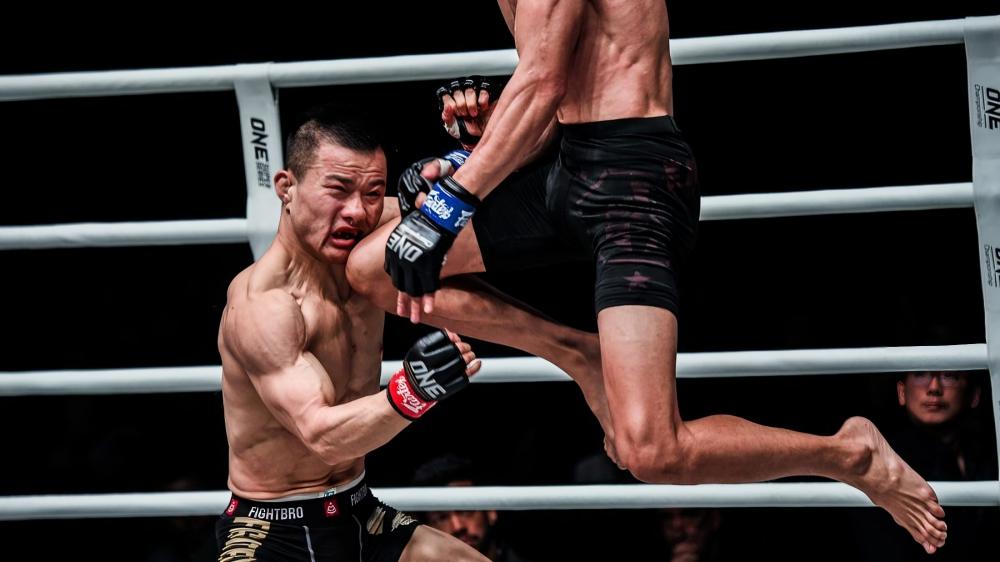
Knees in Muay Thai are powerful close-range weapons, commonly used during clinching. They target the ribcage, thighs, or head, with jumping knee strikes capable of delivering devastating knockouts. Typically thrown with the rear leg for maximum force, knee strikes can be executed straight, diagonally, or while jumping, often ending fights effectively.
Teep
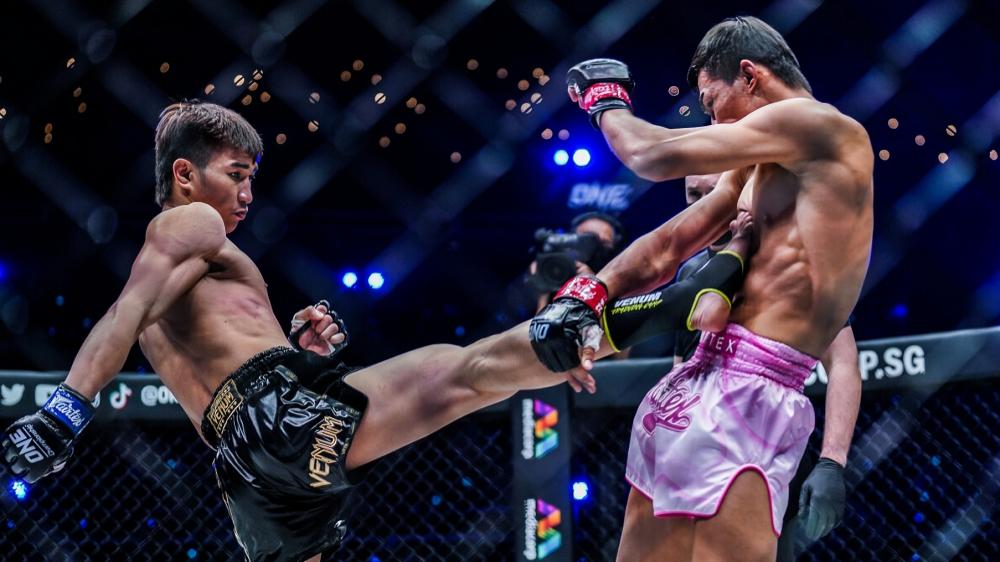
The push kick, or “teep,” in Muay Thai serves both defensive and offensive purposes. It helps maintain distance, disrupt advances, or act as a powerful strike when executed with precision. Variations include the front push kick targeting the solar plexus, lead leg, or face, side kicks, and jumping front kicks for added force.
Clinch
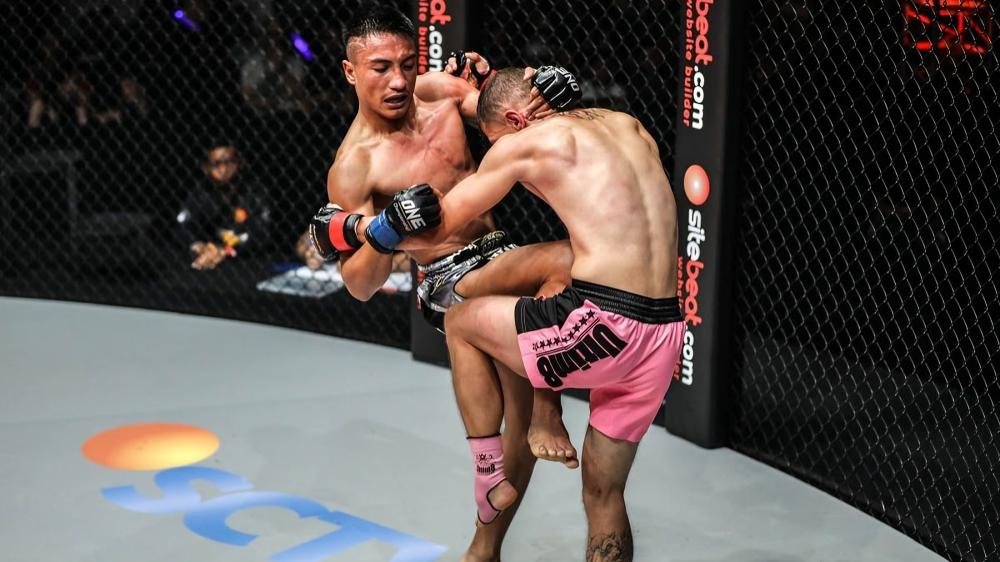
Clinching in Muay Thai is a close-range grappling technique combined with knee and elbow strikes. It requires years of practice to master and involves controlling the opponent’s posture. Takedowns and trips are allowed within the clinch, and when executed effectively, clinching can help fighters gain control and win fights.
Muay Thai Rules And Regulations
Muay Thai competitions are governed by a set of strict rules designed to ensure fairness and the safety of fighters. Influenced by Western boxing, these rules have evolved over time, distinguishing Muay Thai from other combat sports like kickboxing. The use of elbows, knees, push kicks (teeps), and clinching are some of the key elements that make Muay Thai unique. These techniques require years of practice to master and are integral to scoring points and winning fights. Understanding the rules is crucial for fighters aiming for success, while it also enhances the experience for fans, deepening their appreciation of the sport.
